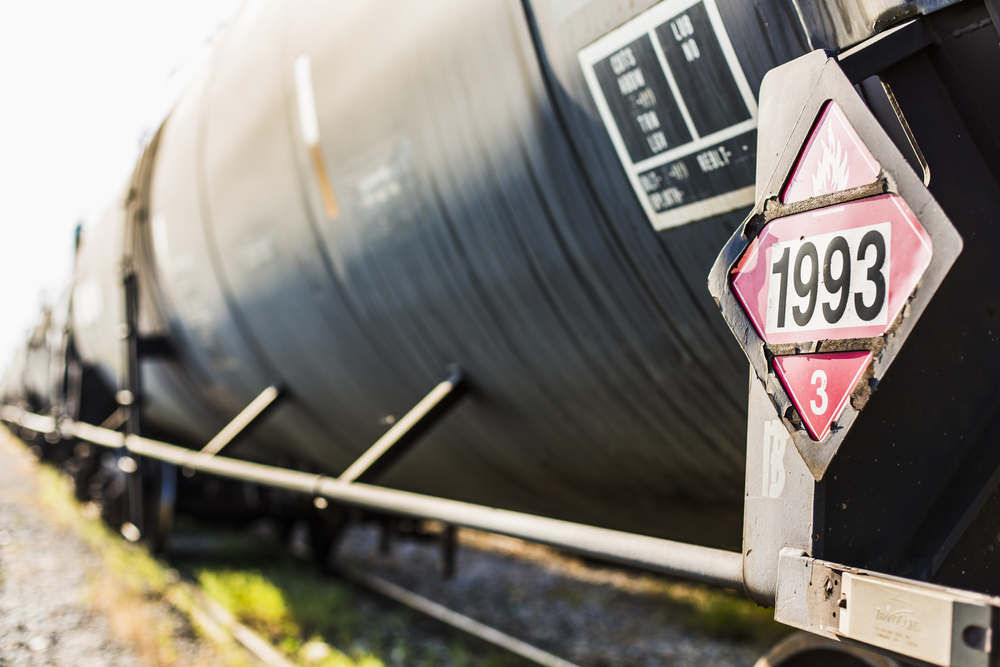
U.S. Reps. Sam Graves (R-MO), ranking member of the House Transportation and Infrastructure Committee, and Rick Crawford (R-AR) ranking member of the House Subcommittee on Railroads, Pipelines and Hazardous Materials said Tuesday they support the Pipeline and Hazardous Materials Safety Administrations announcement it will not seek to change rules on transporting crude oil and other flammable liquids by rail.
The announcement comes after the PHMSA’s extensive study of whether or not imposing a vapor pressure limit when transporting those materials via railroads.
“This is the right decision for the safe transportation of energy products and for providing clarity and stability to the energy and transportation sectors during an already challenging period,” the Representatives said. “We commend PHMSA and the Department of Transportation for this action after a thorough analysis of the issue. As this study has shown, pursuing further regulation based on vapor pressure would not offer any improvement in safety – it would simply impose unnecessary burdens on our domestic energy production and rail transportation system.”
The study stemmed from a provision of the Fixing America’s Surface Transportation Act that allowed the Department of Transportation, the Department of Energy and Transport Canada to determine whether or not crude oils transported in North America form a combustion hazard. The study, conducted by Sandia National Laboratories, found that vapor pressure is not a statistically significant indication for combustion hazards.
Based on the study’s results, DOT and DOE determined that no further regulation or legislation is required in regards to the safe transport of crude oil by rail, in regards to vapor pressure. As such, the PHMSA withdrew its Advanced Notice of Proposed Rulemaking.
On May 11, PHMSA ruled that federal law governs the transportation of hazardous materials and would pre-empt any stricter state-imposed vapor pressure limits transported via rail. Letting states set their own vapor pressure limits would lead to a “patchwork state regulation Congress had sought to avoid when it enacted the HMTA (Hazardous Materials Transportation Act)” in 1975, the agency said.
The agency said that a Washington State vapor pressure requirement that was more strict than the federal guidelines did not conform to hazardous materials regulations and created an obstacle to carrying out federal law.